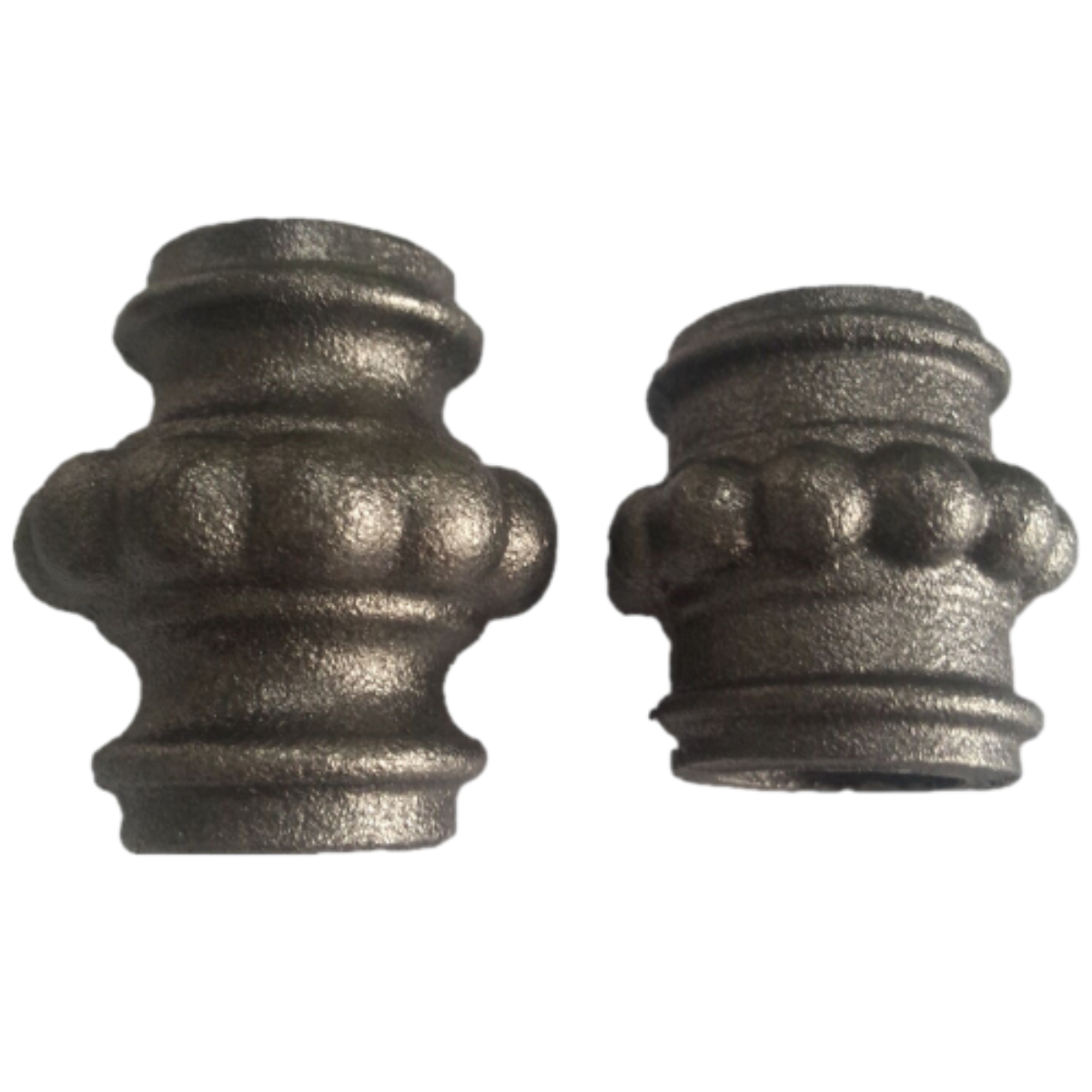Exploring the Beauty and Craftsmanship of Ornamental Metal Castings
The Beauty and Craft of Ornamental Castings
Ornamental castings have long held a cherished place in the world of art and design, serving not just as functional elements but also as intricate pieces of decor. From the intricate railings of Victorian homes to the elaborate façades of historic buildings, these castings blend utility with aesthetic appeal, transforming ordinary spaces into extraordinary works of art.
At the heart of ornamental castings lies the art of metalworking, a craft that dates back thousands of years. Traditionally, materials such as iron and bronze were used, prized for their durability and the ease with which they could be shaped. The casting process itself involves pouring molten metal into a mold where it cools and solidifies, resulting in detailed and robust designs. This method allows artisans to replicate intricate patterns and motifs, a key aspect of ornamental design.
The designs of ornamental castings can vary greatly, reflecting different historical periods, cultures, and artistic movements. For instance, the Baroque era is characterized by bold, dramatic forms and elaborate ornamentation, while Art Nouveau favored organic shapes and flowing lines. Modern ornamental castings, on the other hand, can encompass a wide range of styles, often incorporating contemporary themes or even abstract elements. This diversity means that regardless of one’s taste, there is likely an ornamental casting that can enhance any architectural or landscape project.
ornamental castings

In recent years, there has been a resurgence of interest in ornamental castings, driven by a growing appreciation for craftsmanship and bespoke design. As more architects and designers seek unique elements to distinguish their projects, ornamental castings offer a way to infuse personality and character into spaces. They are often used to create focal points in gardens, enhance entryways, or serve as decorative brackets for loaded structures. This trend has also been propelled by a desire for sustainable design; many artisans focus on creating castings that repurpose existing materials or utilize eco-friendly processes.
Moreover, the versatility of ornamental castings extends beyond traditional metal. Modern technology has also introduced materials such as resin and fiberglass into the realm of ornamental design. These materials can mimic the appearance of metal while being lighter and easier to work with, broadening the creative possibilities for designers. This innovation allows more intricate designs and faster production times, making ornamental castings accessible to a wider audience.
In conclusion, ornamental castings represent more than just decorative elements in architecture; they embody a rich history of craftsmanship and creativity. As we continue to explore and celebrate this art form, ornamental castings remind us of the beauty that lies in details— the delicate curves, the elaborate patterns, and the unique textures that enhance our built environment. Whether adorning a grand entrance or a tranquil garden, ornamental castings are a testament to the enduring power of artistry in enriching our lives.
-
Wrought Iron Components: Timeless Elegance and Structural StrengthNewsJul.28,2025
-
Window Hardware Essentials: Rollers, Handles, and Locking SolutionsNewsJul.28,2025
-
Small Agricultural Processing Machines: Corn Threshers, Cassava Chippers, Grain Peelers & Chaff CuttersNewsJul.28,2025
-
Sliding Rollers: Smooth, Silent, and Built to LastNewsJul.28,2025
-
Cast Iron Stoves: Timeless Heating with Modern EfficiencyNewsJul.28,2025
-
Cast Iron Pipe and Fitting: Durable, Fire-Resistant Solutions for Plumbing and DrainageNewsJul.28,2025
-
 Wrought Iron Components: Timeless Elegance and Structural StrengthJul-28-2025Wrought Iron Components: Timeless Elegance and Structural Strength
Wrought Iron Components: Timeless Elegance and Structural StrengthJul-28-2025Wrought Iron Components: Timeless Elegance and Structural Strength -
 Window Hardware Essentials: Rollers, Handles, and Locking SolutionsJul-28-2025Window Hardware Essentials: Rollers, Handles, and Locking Solutions
Window Hardware Essentials: Rollers, Handles, and Locking SolutionsJul-28-2025Window Hardware Essentials: Rollers, Handles, and Locking Solutions -
 Small Agricultural Processing Machines: Corn Threshers, Cassava Chippers, Grain Peelers & Chaff CuttersJul-28-2025Small Agricultural Processing Machines: Corn Threshers, Cassava Chippers, Grain Peelers & Chaff Cutters
Small Agricultural Processing Machines: Corn Threshers, Cassava Chippers, Grain Peelers & Chaff CuttersJul-28-2025Small Agricultural Processing Machines: Corn Threshers, Cassava Chippers, Grain Peelers & Chaff Cutters












